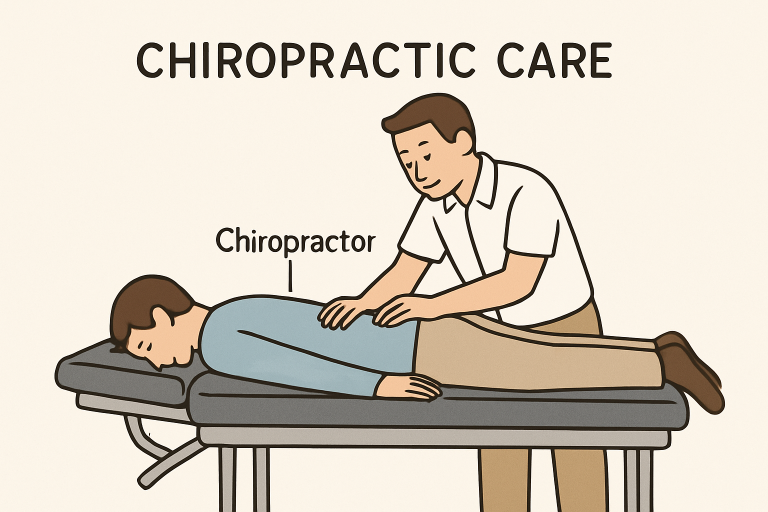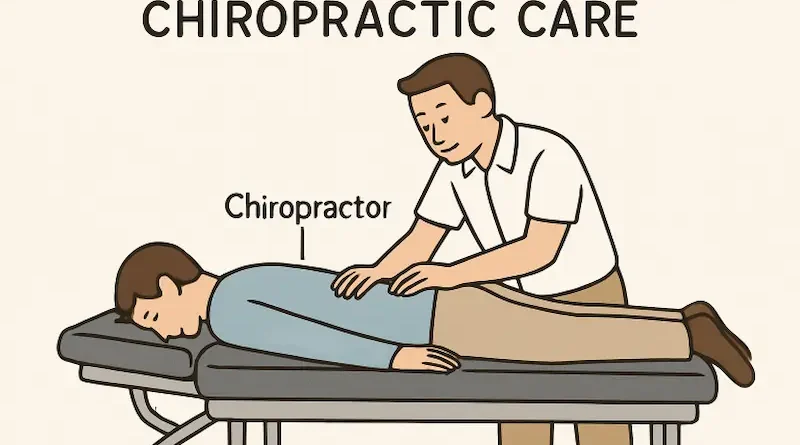What to Expect During a Chiropractic Adjustment Visit
Embarking on your first chiropractic adjustment can introduce both anticipation and uncertainty. Knowing what the process entails will not only help you feel prepared but can also contribute to a more positive, confident experience. Many individuals discover that chiropractic care opens the door to holistic wellness, and that initial visit is the first step on your journey.
The chiropractic profession consists of diverse practitioners, including female doctors dedicated to patient-centered care. In your first appointment, you’ll see how chiropractors tailor each session to your unique health needs and goals, ensuring your comfort and well-being throughout the process.
Initial Consultation: Laying the Groundwork
Your first chiropractic visit always starts with an in-depth consultation. During this phase, the chiropractor discusses your medical history and addresses any existing discomfort, asking questions to understand your symptoms and daily habits fully. A physical examination follows, focusing on your spinal health, joint functionality, and posture.
If necessary, your chiropractor may order diagnostic tests, such as X-rays or MRIs, to get a clearer view of your spine and related structures. These diagnostic tools help guide a personalized treatment plan tailored to your body, especially if you have concerns about underlying injuries or conditions. Health authorities endorse this careful approach, helping to ensure patient safety and efficacy.

The Adjustment Process: What Happens at the Table
Once your chiropractor is satisfied with the evaluation, you proceed to the adjustment phase. You’ll be asked to lie face down or occasionally on your side on a specialized chiropractic table designed to facilitate optimal alignment. The chiropractor will use their hands or a small instrument to deliver a rapid, controlled force to a targeted spinal joint, intended to improve spinal motion and physical function.
During the adjustment, a popping or cracking sound may be heard. This is entirely normal and occurs when gas bubbles are released from the joint fluid, much like when you crack your knuckles. Most patients do not experience pain; in fact, many report an instant feeling of relief, increased mobility, or noticeable relaxation following the adjustment.
Post-Adjustment Sensations: What to Expect
After the adjustment, mild side effects, such as slight soreness or stiffness, may occur, similar to what you might experience when starting a new exercise routine. These sensations generally subside within a day or two. Staying hydrated and engaging in gentle movement, such as short walks or light stretching, helps your body recover and adapt to any changes in alignment. For more information on the science behind chiropractic adjustments, the Mayo Clinic provides detailed resources.
Aftercare: Maximizing the Benefits
- Stay Hydrated: Adequate water intake helps flush out toxins released during the adjustment process.
- Engage in gentle movement activities, such as walking or stretching, to keep your body limber and support a swift recovery.
- Avoid Strenuous Activity: Heavy lifting or high-impact workouts should be postponed until your body has fully adjusted.
- Follow Professional Guidance: Each patient receives tailored advice from their chiropractor; following this guidance can enhance your outcomes and promote lasting relief.
Potential Side Effects: Understanding the Risks
Chiropractic adjustments are widely recognized as safe for most individuals; however, minor side effects, such as headaches, fatigue, or brief dizziness, can occasionally occur. These are usually short-lived. If you have underlying conditions like severe osteoporosis, increased stroke risk, or certain spinal disorders, it’s vital to discuss these beforehand so your provider can adjust your treatment plan accordingly. Transparency and communication are key to maintaining your safety.
Long-Term Benefits: Beyond Immediate Relief
While the immediate effect of a chiropractic adjustment is often noticeable relief, consistent care provides extensive health benefits. Routine visits can help support better posture, improve mobility, and contribute to effective pain management, particularly for individuals with chronic spinal issues. Adhering to the treatment schedule prescribed by your chiropractor promotes long-term improvements in physical function and overall well-being.
Many people find that regular chiropractic visits help them manage stress and maintain healthier lifestyles, further enhancing quality of life through proactive health management.
When to Seek Alternative Care
Chiropractic care is highly effective for a wide range of musculoskeletal issues, but it is not a one-size-fits-all solution. If your symptoms persist or worsen after a series of sessions, discussing alternative therapies with your chiropractor can be beneficial. They may refer you to other healthcare providers, such as physical therapists or medical doctors, ensuring you receive comprehensive, multidisciplinary support.
Conclusion
Being informed about what happens during a chiropractic adjustment visit can relieve anxieties and set realistic expectations. With compassionate, skilled practitioners—ranging from male to female doctors—chiropractic care aims to offer safe, customized support for your health. By adhering to your chiropractor’s advice and listening to your body, you’re well on your way toward enhanced wellness, reduced discomfort, and a more active, fulfilling lifestyle.

